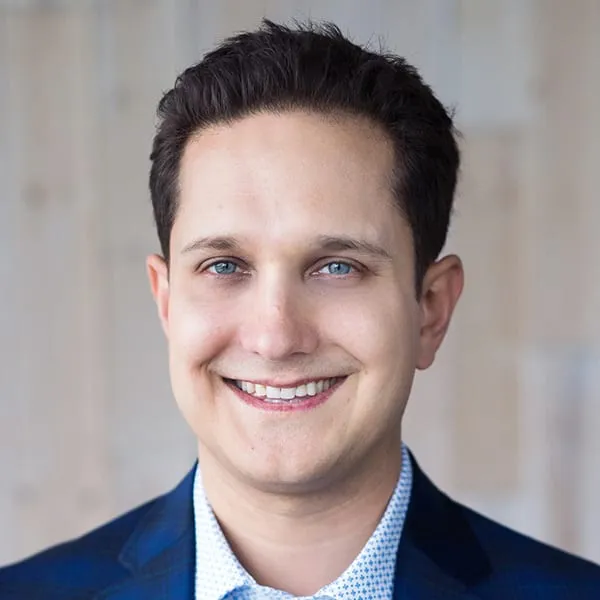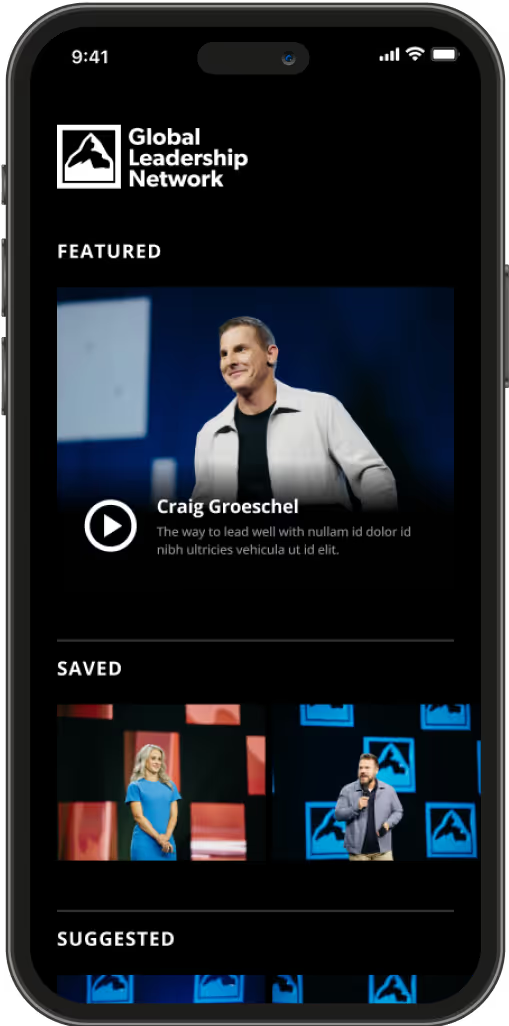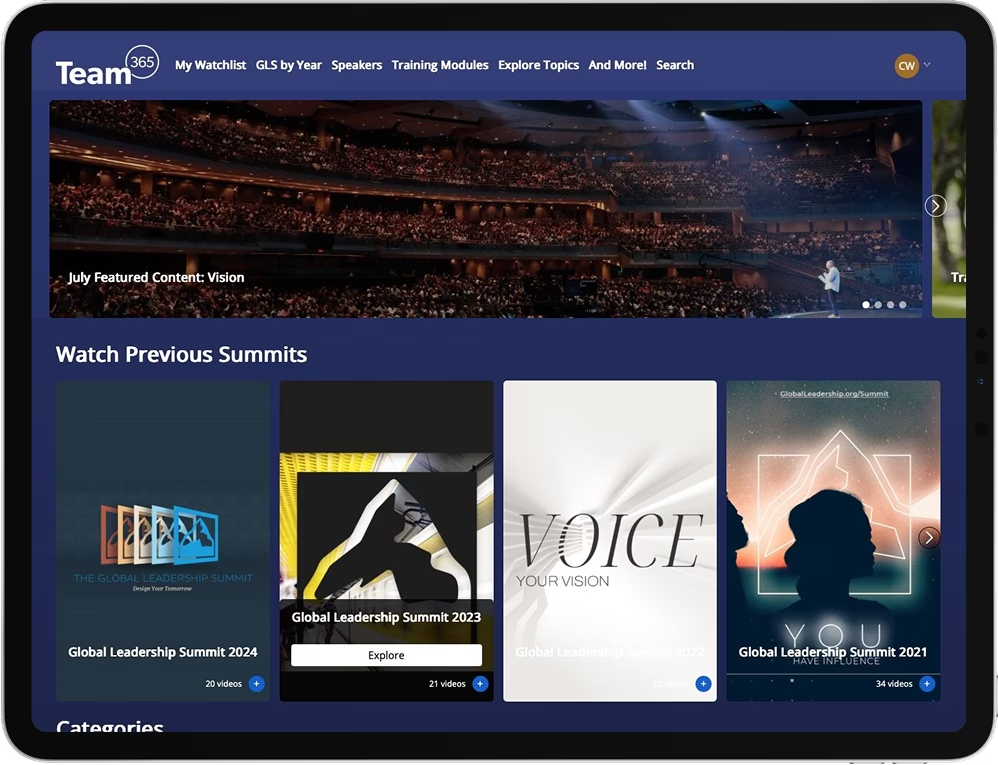Jason Dorsey’s research into generations provides leaders with information to help build bridges in the workplace. In this episode, Summit Champion, Craig Groeschel, engages Jason in a fascinating conversation about generational differences, exploring nuances between the four different generations in today’s workplace. Walk away with specific strategies on how to reach younger audiences and build bridges of respect among the generations.
Get free, instant access to GLS Podcast Episode Show Notes. Leverage episode summaries, key takeaways, reflection questions, resources mentioned, related links and applicable downloads, including Show Notes PDF and Episode Audio File (MP3).
DOWNLOADS:
SUMMARY:
Jason Dorsey’s research into generations provides leaders with information to help build bridges in the workplace. In this episode, Summit Champion, Craig Groeschel, engages Jason in a fascinating conversation about generational differences, exploring nuances between the four different generations in today’s workplace. Walk away with specific strategies on how to reach younger audiences and build bridges of respect among the generations.
KEY TAKEAWAYS:
- When Jason Dorsey was 18, he wrote a book for the Millennial generation that became a best-seller.
- Much of the story we hear about Millennials is simply not true.
- A generation is a group of people born at about the same time and in about the same place.
- Generation Z: Born 1996 and younger. They do not remember 9/11. Their parents are Generation X. They came of age during the Great Recession (2008-2009) and are practical with money.
- Millennials: Born 1977 – 1995. Millennials are older than most people assume. They are delaying the historic markers of adulthood. They are tech-dependent.
- Generation X: Born 1965 – 1976. Gen X came of age at a disruptive time of rising divorce rates, corporate layoffs and the AIDS epidemic. They tend to be more skeptical and are tech savvy. They are at a life-stage where they are parenting kids and caring for aging parents. Gen X retention is the most important data in the workplace right now.
- Baby Boomers: Born 1946 – 1964. The massive generation born after World War II. Boomers are characterized by a high work ethic and willingness to pay their dues. They are the most influential generation right now.
- To connect with younger generations in the workplace:
- The first day on a job has never been more important
- Provide specifics of the performance you expect
- Provide frequent check-in style feedback
- Use younger communication styles (emojis, Slack, etc. ) if they reflect your work environment and culture.
- To connect with older generations in the workplace:
- Maintain eye contact and take notes
- Adapt to the communication style of older generations (email, phone calls, etc.).
- To reach younger generations with your message and/or product:
- Millennials want a unique experience and are video-driven.
- Generation Z is interested in social purpose, value for their money and diversity.
- To begin to work on generational issues in the workplace, create a generational snapshot. Then, figure out what is working and what is not and have candid multi-generational conversations.
REFLECTION QUESTIONS:
1. Do a quick generational snapshot of your team right now. List specific names in the four generational categories: Boomers, Xers, Millennials and GenZ-ers.
2. Think about the people on your list. Are you clustered in one or two generations or is there generational diversity? Do the different people display typical generational characteristics?
3. Think about your customers or constituents. Are they clustered in one or two generations or is there generational diversity? What about your product appeals to them?
4. Based on Craig’s conversation with Jason, what is one thing you could do in the next week to:
a. Work better with your multi-generational team?
b. Reach a new generational demographic?
RESOURCES MENTIONED:
The Great Recession of 2008-2009
RELATED LINKS:
Center for Generational Kinetics
Related
Ep 191: Leadership and Rest with David Ashcraft
We invite you to listen in as GLN President and CEO David Ashcraft shares what he has learned about the importance of rest in a leader’s life.
Ep 189: Jon Acuff on Overcoming Procrastination
What keeps you from accomplishing your goals? Jon Acuff is passionate about answering that question and helping people to become the best versions of themselves.
Ep 179: Les McKeown on Making Success “Predictable” (Pt. 2)
In this second part of a two-part episode, GLN President and CEO David Ashcraft continues his conversation with author and consultant Les McKeown on the lifecycle stages of organizations, and the different ways leaders can respond in order to meet the unique challenges of each stage.
Leadership That Lasts
Team365 isn’t just a platform. It’s a commitment to grow, lead and live with purpose — every single day. Whether you’re here for content, community or clarity, you’re in the right place. Your leadership matters. Let’s keep going.





